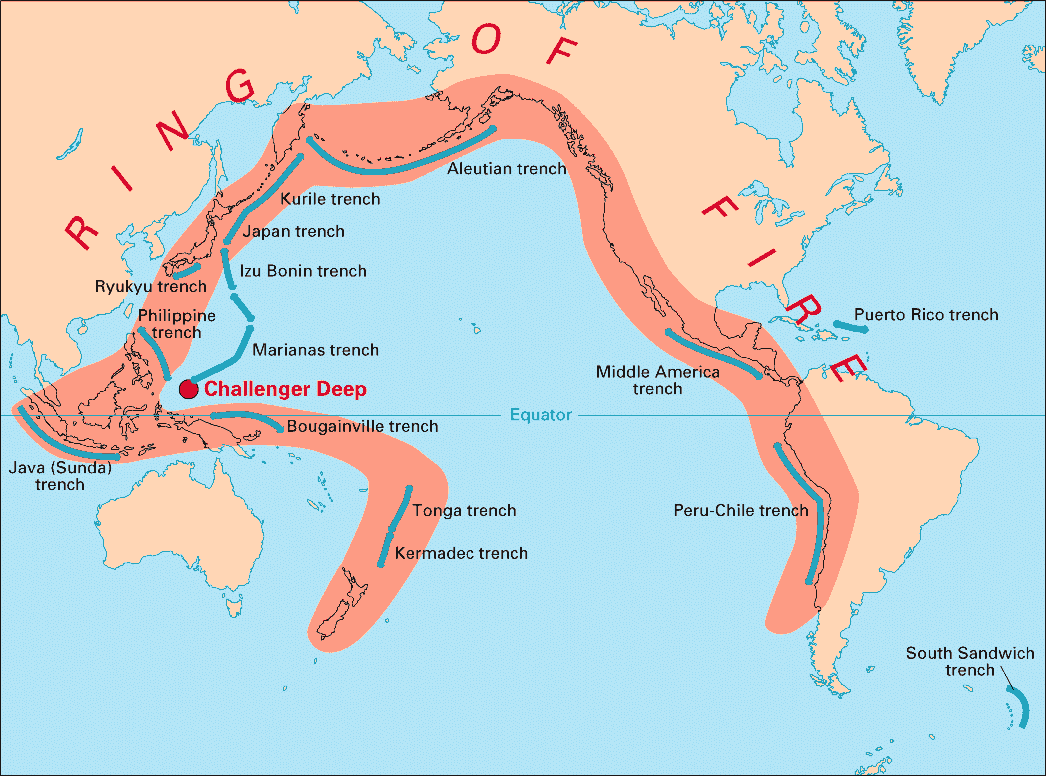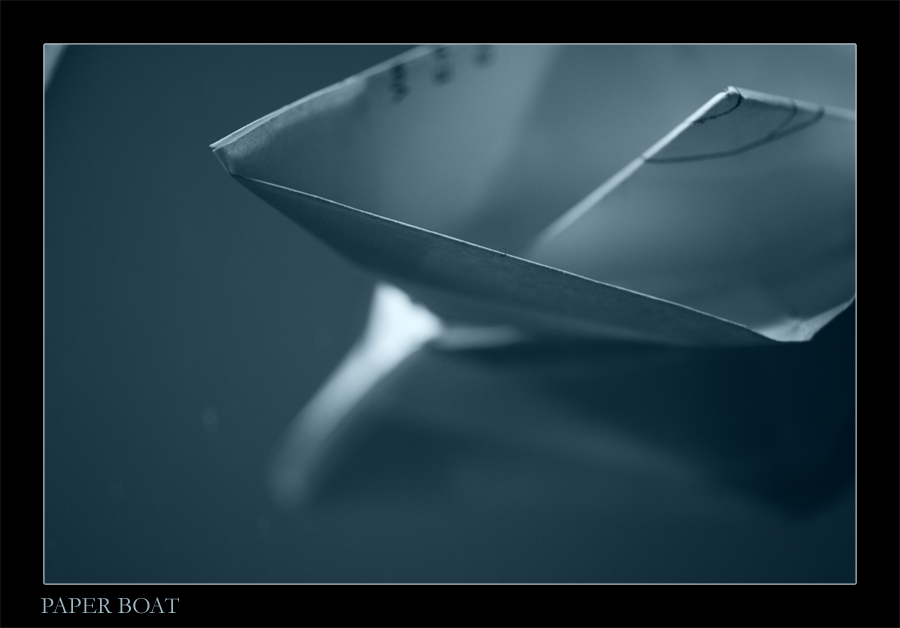Lets go!!!
(Click on the picture will took you to a bigger picture.)
First stopFrom Hsinhu, Taiwan travel Northeast to Tokyo, Japan
Latitude: 35°41'22.16"N
Longitude: 139°41'30.14"E
Japan is a island country at the Eastern Asia. It is county made of 4 big island and more than 3000 little. It is located between the North Pacific Ocean and the Sea of Japan, East of Korean Peninsula. The climate of Japan is tropical in South, cool temperate in North.
You will visit the Tokyo tower. It's a tower like Eiffel Tower. But it was painting in red and white, and it is world highest vertical tower.
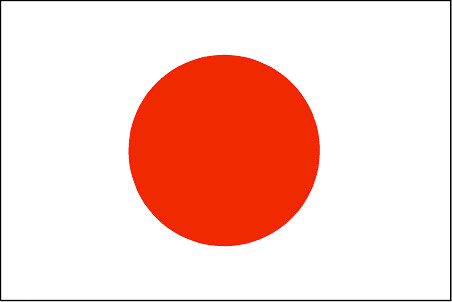

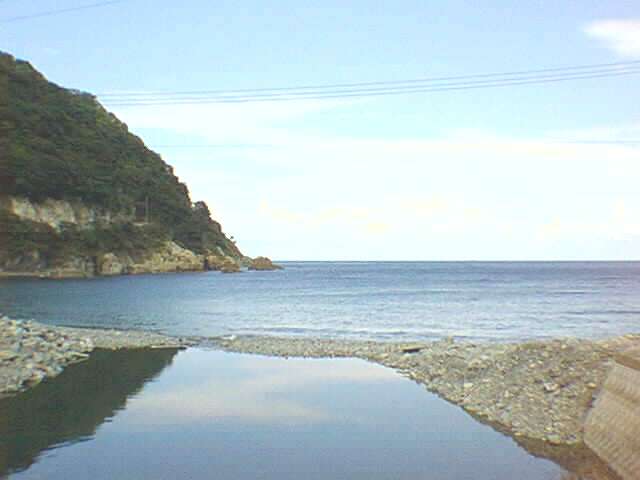 Second stop
Second stopTokyo, Japan travel Southwest to Sydney, New South Wales, Australia
Latitude: 33°52'1.70"S
Longitude: 151°12'25.61"E
Australia is the smallest continent in the world, the capital of Australia is Canberra. Sydney, New South Wales is most populous city in Australia.
The climate of Australia is normally arid to semiarid, it's temperate in South and East, tropical in North. And the climate in Sydney are warm in summers and cool in winters and it rains throughout the year.
The East of Sydney is Pacific Ocean, Blue Mountains to West, Hawkesbury River to North.
You will visit the Blue Mountains and Sydney Opera House. Sydney Opera House is a modern design. It looks like a series of large "sail". Sydney Opera House is designed by Jørn Utzon. And it can has 2,500 people in the concert hall.

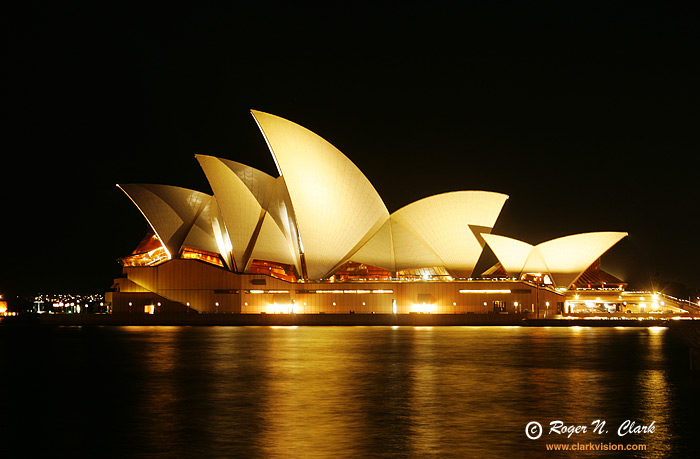
 Third stop
Third stopFrom Sydney, New South Wales, Australia travel Northwest to New Delhi, Delhi, India
Latitude: 28°38'1.37"N
Longitude: 77°13'31.17"E
India is a country in Southern Asia. It is the second most populous country in the world. The capital of India is New Delhi. The climate in India is temperate in North and tropical monsoon in South.
The summers in New Delhi are in April to October, with the monsoon climate. The winters are about 4 degrees Celsius. The East of New Delhi is Yamuna River.
You will visit the India Gate and the Yamuna River. Indian is one of the largest war memorials in India. It is located in the middle of New Delhi. India gate is Indian Army's tomb of the unknown soldiers.

 Fourth stop
Fourth stopFrom New Delhi, Delhi, India travel North West to Valley of the Kings, Cairo, Egypt
Latitude: 29°58'43.14"N
Longitude: 31° 7'57.41"E
Egypt is a country in Northern Africa. West of Egypt is Libya, Sudan to the South, and on East are Gaza Strip and Israel. The climate of Egypt is hot and dry in summers, and moderate in winters.
You will visit the world longest river Nile River and Tomb of Tutankhamun (KV62). It was found in 1922 by Howard Cater.The tomb of Tutankhamun is famous because of the wealth treasure in it. The Nile River has two main tributaries called the White Nile and Blue Nile. The Nile River fertilized the soil, and the Nile River was a very important river in North Africa.


 Fifth stop
Fifth stopFrom Valley of the Kings, Cairo, Egypt travel Northwest to Prague, Czechia (Czech Republic)
Latitude: 50° 5'16.12"N
Longitude: 14°25'13.68"E
Czechia is a landlocked country in Europe. At the North of Czechia is Poland, West is Germany, South is Austria. And the capital city and the biggest city is Prague. The climate in Czechia is temperate continental climate. Hot summers and cold, cloudy, humid winters.
You are going to visit the Prague Orloj (Astronomical clock), the Vltava River, and the Prague castle. The Prague Orloj is located in Old Town Square, Old Town, Prague, Czechia. Prague Orloj is made by clockmaker called Mikuláš of Kadaň and letter professor Jan Šindel in 1410. There are two clock dials on Prague Orloj. One is if the dials astronomical dial, representing the position of the Sun and Moon, horoscope and the position of some planets. Another one is he calendar dial, it shows the date. You will have a dinner on boat on Vltava River.


 Sixth Stop
Sixth StopFrom Prague, Czechia (Czech Republic) travel Southwest to Paris, France.
Latitude: 46°13'39.50"N
Longitude: 2°12'49.50"E
France is a country in West Europe, it is slightly smaller than Texas. And it's neighbouring countries are Belgium, Luxembourg, Germany, Switzerland, Italy, Monaco, Andorra and Spain. The North of France is coastal plain, South of France is Pyrenees, Southeast is Alps, South central is Massif Central. And near English Channel, North Sea and Atlantic Ocean. The main rivers in France are Loire River, Rhone, Garonne, and Seine.
The North and Northwest of France have temperate climate, and Southeast has Mediterranean climate, West has predominantly oceanic and many rainfalls.
Paris is the capital and biggest city of France.
You will visit the Eiffel Tower. It is located in Champ de Mars, Paris. The designer of Eiffel Tower is Alexandre Gustave Eiffel. Eiffel Tower was constructed from 1887 to 15th May, 1889. It is has three floors, first floor and second floor has restaurant, and third floor is observatory.


 Seventh stop
Seventh stopFrom Paris, France travel Southeast to Milan, Italy (Italian Republic)
Latitude: 45°27'49.22"N
Longitude: 9°11'17.25"E
Italy is a country in Southern Europe, it is slightly larger than Arizona and it looks like a boot. At the North of Italy is France, Switzerland, Austria, and Slovenia. There are two enclaved countries in Italy called San Marino and Vatican City.
Milan is located at one of the most plentiful places in the world. It is also one of the fashion capitals.
On the West by is the Tyrrhenian Sea, East is Adriatic Sea, Alps in Northern boundary and Lake Garda. Po is the principal river of Italy, it flows from Alps on the Western border across the Padan plain to the Adriatic Sea. The climate that Italy has is Mediterranean climate.
You are going to visit Milan Cathedral (Domm di Milan). Milan Cathedral was built from 1386 to 1897. It is the third biggest church in the world. First it was built by duke Galeazzo Visconti Ⅲ. The architectural style that Milan Cathedral have are Gothic, Gothic Revival, and Baroque. The steeples (There are 138 steeple) of Milan Cathedral is Gothic, and the lower part of Milan Cathedral is Baroque.



 Eighth Stop
Eighth StopMilan, Italy (Italian Republic)
Latitude: 33°25'31.30"S
Longitude: 70°33'59.28"W
Chile is a country in South America. It's slightly smaller than twice size of Montana. It is bordering the South Pacific Ocean, and between Argentina and Peru. Santiago is the capital city of Chile.The climate of Chile is Mediterranean in central, temperate in North, cool and damp in South.
You are going to visit Fort Santiago. Fort Santiago is an ancient castle that was built in 1590 .


 When you click on the pictures, it will takes you to the link!!!!
When you click on the pictures, it will takes you to the link!!!!
















